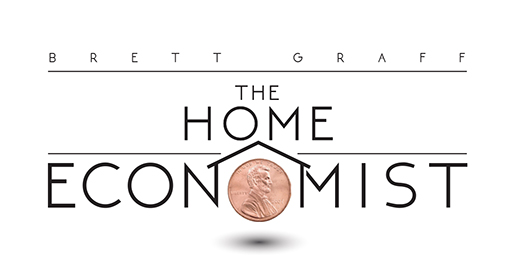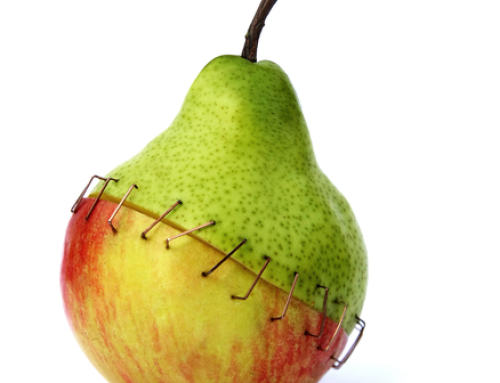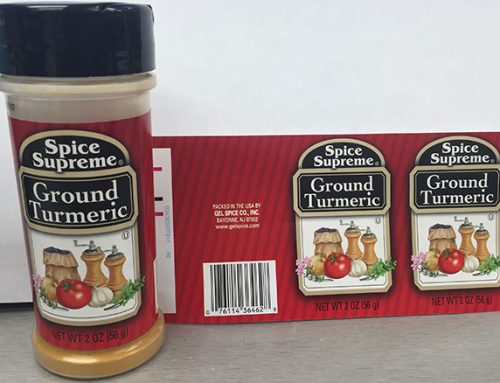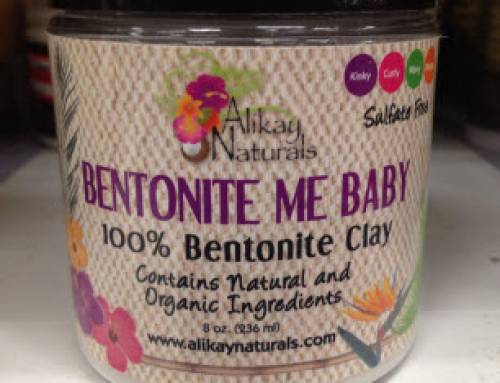The line between articles written by journalists and articles that are really ads paid for by a specific corporation may be blurry but we do not care, according to a new study from researchers at the University of Georgia, San Diego State University and Syracuse University. Turns out, we are totally fine with these articles that are called “native advertisements,” defined as paid content written on behalf of a company that has every financial reason to convince us their product is fantastic. It’s only true, however, if the articles are informative or perhaps written by one in which we already have a strong relationship. I have a very committed relationship, for example, with my night cream, which I’ve seen at bedtime each night for more than 20 years. So if its manufacturer has something informative and entertaining to say in about 600 words, I’m – this research has proved – will be happy to read it and not offended by the clear bias.
This is actually in stark contrast to what the experts thought we thought. Companies used to worry that native advertisements, which look similar to the other material that surrounds it whether online or in print, were actually harming their reputation with their consumers.
“What we found is that if there is useful information contained in the advertisement and there is a recognized brand logo, then the credibility of the company is not damaged,” said study co-author Sun Joo “Grace” Ahn, assistant professor of advertising in UGA’s Grady College of Journalism and Mass Communication.
The researchers took an actual ad sponsored by a real company and found 105 participants. The subjects were asked questions before and after in order to determine their attitudes and perceived relationship with the company. All the participants then read a native advertisement, written of course like a traditional news article but only half we’re told the company wrote the article. Guess what? Brand attitude for obviously sponsored content decreased slightly, but it also showed that if the content was valuable or if the consumer perceived it as being useful, the article readers would have a favorable brand attitude whether the sponsorship was disclosed or not. If the consumer had a positive attitude toward the brand before the survey, they found the article to be even more useful. Basically, we’ll overlook the persuasive nature of these sponsored advertisements.
“Prior research has shown that when advertisers played around in spaces like this, it would damage the relationship they had with the public, especially if they did not disclose that they were behind the content,” said the study’s lead author, Kaye Sweetser, an associate professor at San Diego State University. “What we found in our study is that rather than decrease the relationship, there was no change. This is a step in the right direction for public relations practitioners who don’t want to damage the relationship, and this could eventually mean that this type of content might potentially improve a relationship.”
The native advertisement used in the study was an actual ad sponsored by a well-known company and it included some multimedia elements. According to Sweetser, the participants tended to stay on the page for an average of eight minutes even though they knew it was a sponsored advertisement.







VLiMQzlwHN
AvpZMJXgz